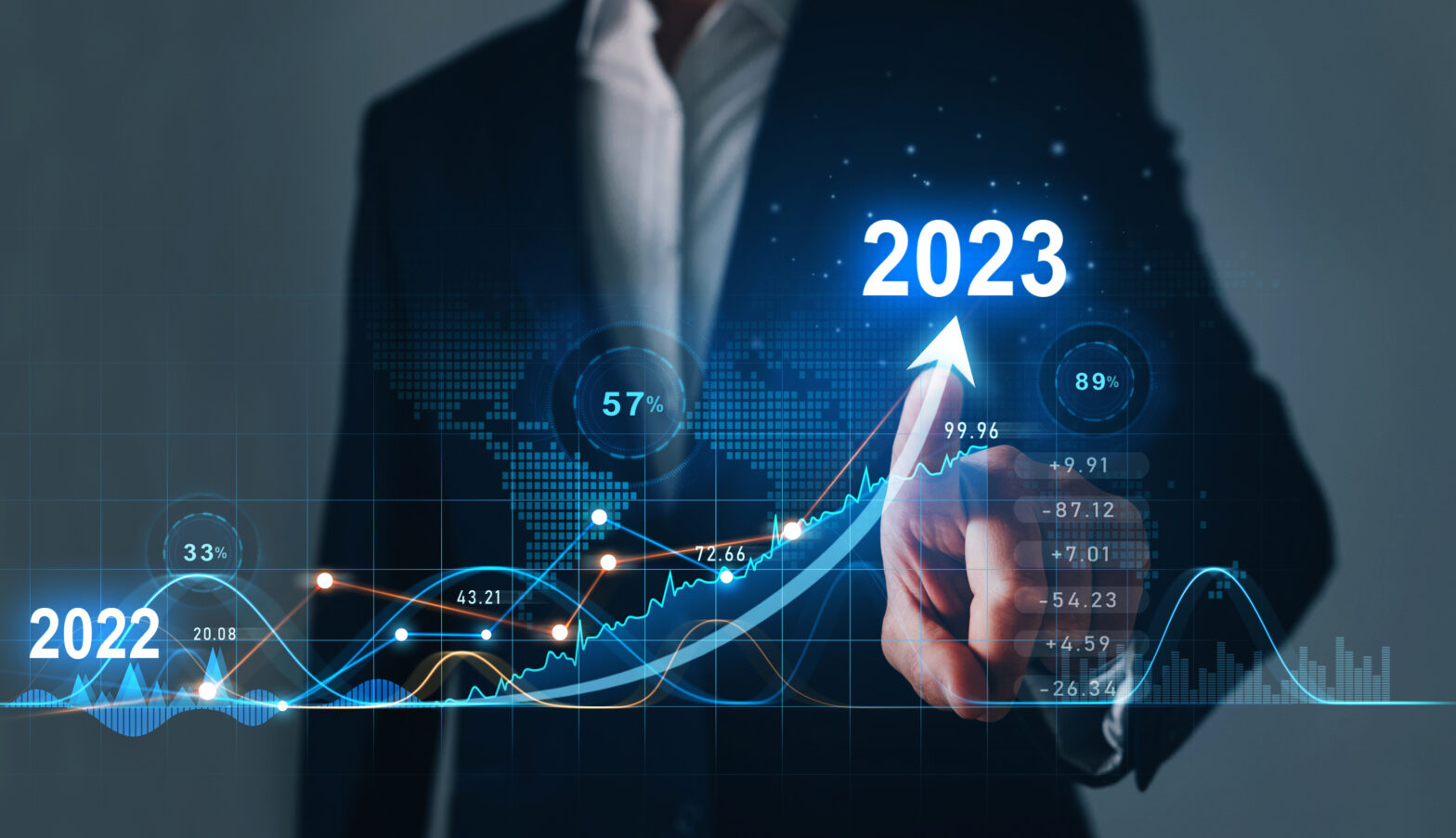Generation we, Generation next, the ‘lazy’ next gens. Whatever we call those born between 1980 and the early 2000s; there’s no denying that this is the generation that has been subject to – and has continually embraced – the age of technology.
But for brands and businesses the world over, accurately targeting these ever-elusive next-genners, in an ever-changing consumer landscape, is presenting big challenges. Thankfully, these are challenges that can now be met with the help of Big Data.
Millennials – the generation that have seen and experienced so profoundly over their lifetimes, the transition from paper to digital. Ringing the changes brought about by seismic shifts in technology, social behaviour, culture and working life. With the majority growing up not even knowing what life was like before the internet.
Millennials crave relevancy, they crave engagement – and they have shorter attention spans if those needs aren’t satiated. In fact, raised in the sea of information, they have almost instinctively developed the ability to switch off from that which doesn’t prick their interest or speak to them. Because they, more than any other generation, have the power, motivation and tenacity to very literally switch off.
How to capture massive millennial market
So, we know who they are, and how to define them. But how are businesses and brands using Big Data to engage with and sell to millennials?
>See also: Beyond big data – the evolution of predictive analytics
While it’s by no means a solve-all approach, it does go a very long way in helping marketeers and brands better engage with millennials, to better understand the patterns and trends of their behaviour and interactions.
This in turn enables them to deliver a more tailored, targeted and effective campaign for a product or service. And, of course, to stand out from the crowd. After all, at its best, the emergence of Big Data provides an incredibly incisive way to dig deep into the millennial psyche, and to appeal very specifically to these consumers’ wants.
So, just how can businesses and brands leverage it to reach millennials and get them to buy their products or subscribe to their services? Big Data, is all about the big picture, and an even bigger opportunity.
The opportunity to understand what your audience is doing at every stage in their journey. In life, culture, society, at work, online, in the pub, or down the high street. And using those metrics and measurements to drill right down to better understand and identify what they’re looking for. In turn, offering it to them at every point in that journey where sales and conversions are most likely to happen.
Big Data makes it possible to collect and analyse millions of data points and put together a detailed picture of a brand’s target demographics. Such a picture gives marketing a fresh approach that really allows for a far better connection with this fast-growing group of consumers.
But how can you ensure Big Data brings with it big benefits?
Collate
Choose the demographic you want to find out more about, (gender, age, ethnic origin etc.). Then collect all relevant information on that particular group – they’ll be able to find out everything from buying interests and communication trends, to entertainment and leisure preferences.
Analyse
Cut out anything that you don’t need, and organise the data in a way that works for you. Then check for trends. What do they like and dislike? Where do they go online? How do they spend, save, and earn their money? What motivates them? The more you find out, the better you’ll be able to target them.
Make it so
Okay, perhaps not so much of the Jean-Luc Picard of the Starship Enterprise, but go boldly and confidently in putting your marketing strategy into action based on your findings. The data you’ve already collated, analysed and interpreted will already be starting to shape your tailored messaging for those audiences.
Review and measure
Measurability and results can never be underestimated, and it’s just as important to analyse during and after the campaign, as it is before. It means you can better measure your ROI, evaluate what worked and what didn’t, as well as take note of any patterns and trends to focus on moving forward.
So there we have it. Put simply, millennials expect a tailored approach. Content that isn’t high quality, personalised and intriguing just won’t cut the mustard and subsequently it will be ignored. Big Data promises unparalleled access to consumer habits, tendencies and predispositions needed to target millennials effectively.
Further reading: Netherlands fintech firm Moneyou on launching ‘banking as a service’ for millennials






